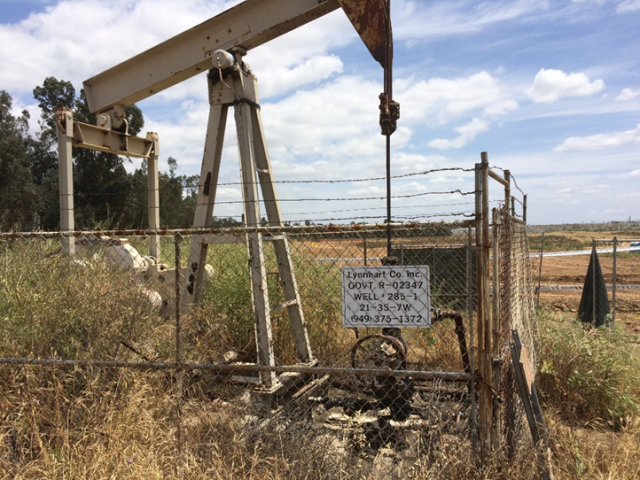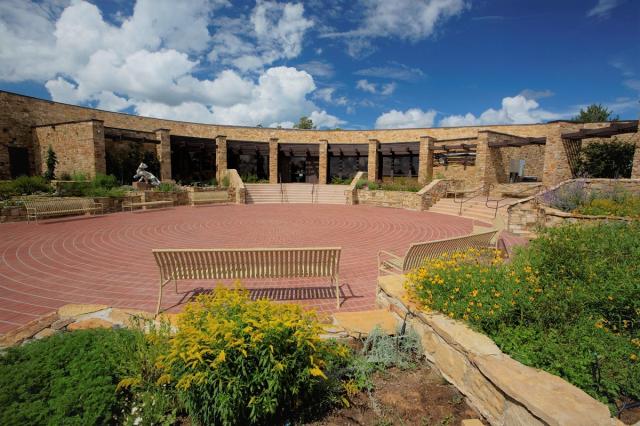
Infrastructure
A strong infrastructure is critical for BLM’s stewardship of our public lands. Effective natural resource management doesn't rely only on built structures to keep physical and natural systems resilient, conserve critical resources and support economic sustainability of communities.
Effective management also relies on natural infrastructure – healthy, functioning ecosystems that deliver clean air and clean water, support wildlife, sequester carbon and are less prone to the effects of catastrophic wildfire. Our infrastructure initiatives aim to work with the landscape: to restore critical ecosystems and deliver environmental, social and economic benefits.
Click below for information on these programs.
- Bipartisan Infrastructure Law (Infrastructure Investment and Jobs Act, 2021)
The Infrastructure Investment and Jobs Act, also known as the Bipartisan Infrastructure Law (BIL, Public Law 117-58), was signed into law on November 15, 2021. The BIL contains several provisions that fund Interior Department initiatives and benefit the communities we directly serve. For BLM, BIL will help us tackle some major issues, including these:
Wildland Fire: BLM has already taken steps to increase firefighter salaries under this law. The BIL also provides funding for fuels treatments, increasing partnerships with communities and Tribes, modernizing our radio infrastructure, and improving technologies for wildfire detection and monitoring.
Categorical Exclusion for Forest Management: The BIL authorizes BLM to work with other agencies to create new categorical exclusions (a category of actions that have been determined not to have a significant effect on the environment, so further analysis is not required), to establish fuel breaks that will reduce the risk of wildfire on Federal lands and adjacent communities.
Ecosystem Restoration: Funding for restoration projects will increase the use of native vegetation, mitigate environmental hazards, improve recreation sites, prevent and control invasive species, and implement collaborative landscape-scale restoration efforts. Agencies are required to develop a ranking system to prioritize lands at risk of unnaturally severe wildfires, insect infestations, and diseases and determine if wood processing facilities would assist in vegetation removal and ecological restoration.
Orphaned Well Clean Up: Establishes funding to monitor idle wells and plug, remediate, and reclaim orphaned wells on Federal lands.
Clean Energy Technologies on Mine Lands: The BIL encourages demonstration projects for using abandoned mine lands as possible locations for clean energy, such as solar energy.
- Great American Outdoors Act (2020)
The Great American Outdoors Act (GAOA, Public Law 116-152) was signed into law on August 4, 2020, providing five years of funding to several agencies including the BLM. Congress funds up to $1.9 billion annually in FY21-FY25, of which the BLM can receive a maximum of 5 percent of the funds, or $95 million dollars.
A Department of the Interior Task Force, of which BLM is a member, developed four overall goals for GAOA: (1) to maximize the return on investment to citizens served, (2) to improve the financial health of maintenance programs, (3) to protect those we serve by improving safety for the public and employees, and (4) to plan for the future by modernizing infrastructure.
In addition to practical maintenance considerations, BLM is also interested in advancing administration goals through GAOA, including such issues as: climate resiliency, preventing resource threats, advancing clean energy solutions, benefitting underserved communities, creating opportunities for youth and job corps programs, and contributing to the improvement of the economy through good paying jobs.
Current Projects
- Annual Deferred Maintenance Appropriation (Interior and Environment Appropriations)
BLM's annual fiscal appropriation from Congress includes funding for construction and maintenance projects through its Deferred Maintenance program. The Deferred Maintenance program manages projects that are part of our infrastructure backlog: improvements and repairs that can't be accomplished as part of regular annual maintenance.
Current Projects
- Oregon: South Fork John Day Road
- Idaho: Slate Creek and White Bird Boat Launches
- Montana: Middle Two Calf Road Reconstruction
- Idaho: Spokane River, Ross Point Day use area
- Utah: Anasazi Valley Trailhead Improvements
- Virginia: New field station opens at Meadowood SRMA in Lorton
- California: Ma-le’l Dunes South area road improvements
Featured Projects:
- Unleashing the Science: BIL funding supports BLM California’s rare plant and pollinator project at the Pine Hill Preserve
- "On The Ground" Podcast: Partnerships are key to success in Cosumnes Watershed (California)
- "On The Ground" Podcast: Cleaning up abandoned mine lands yields wildlife benefits in southwest New Mexico
- Idaho: BLM Shoshone Field Office staff and partners complete Hang Loose and Hang Tight trails in Wood River Valley
- Wildfire Hazardous Fuels Reduction: Colorado's Animas City Mountain Prescribed Burn video (2023); follow up audio podcast (2024)


From the Blog:
Native Seed Collection Project Lays the Groundwork for Habitat Restoration Projects in the Sonoran Desert (June 22, 2022)
